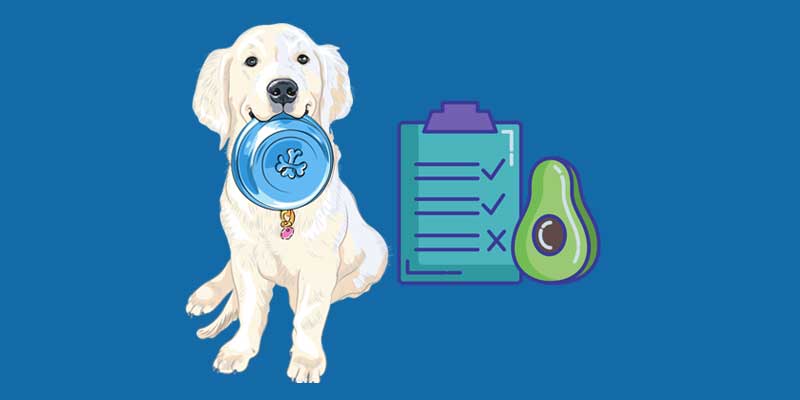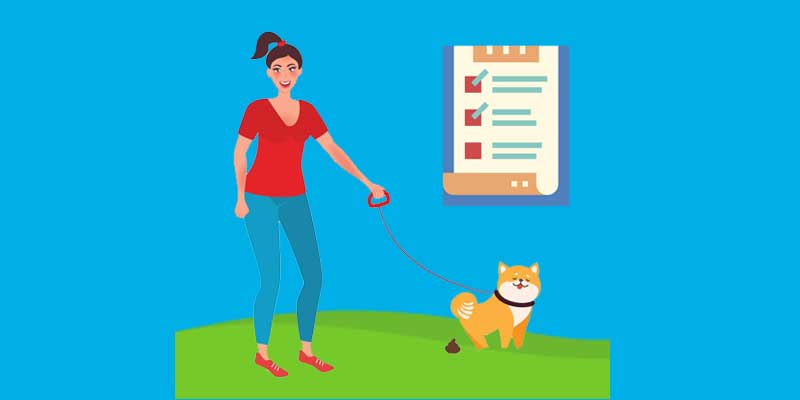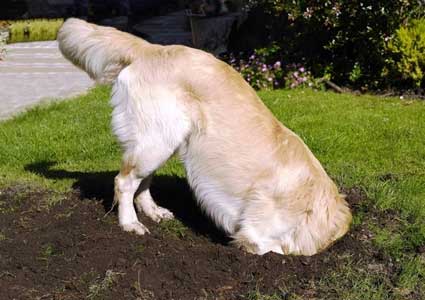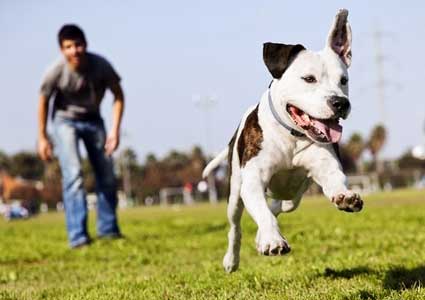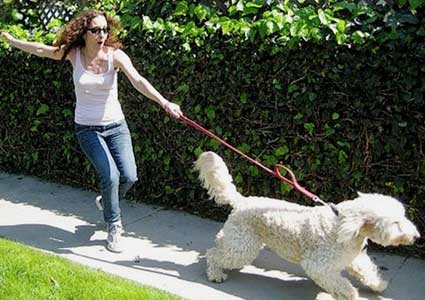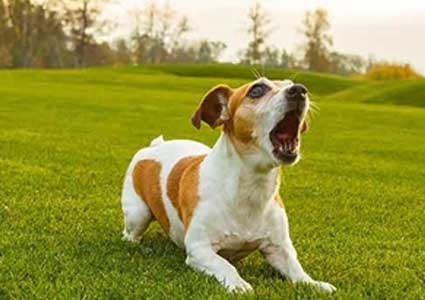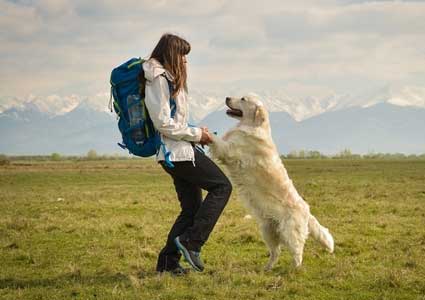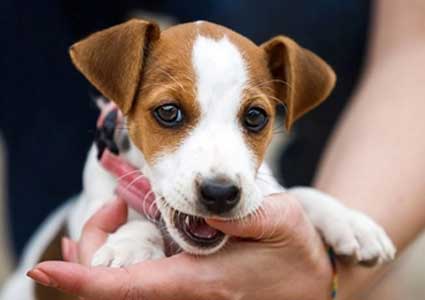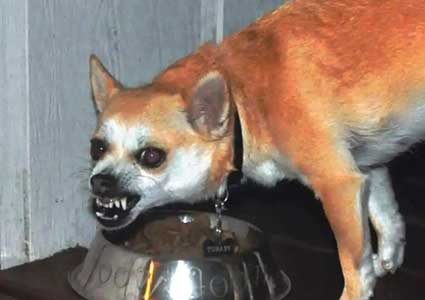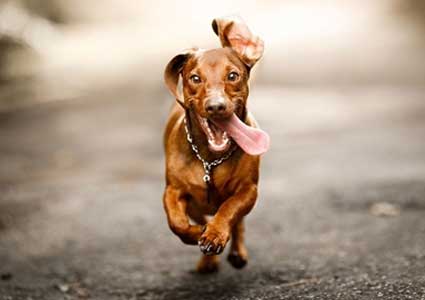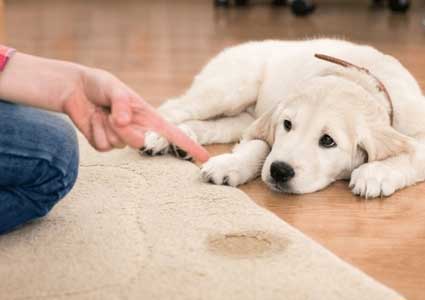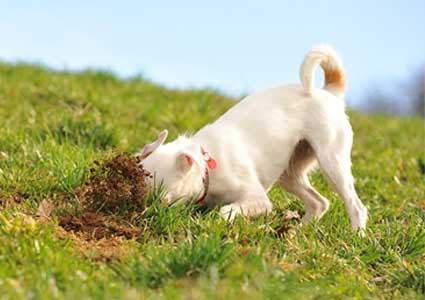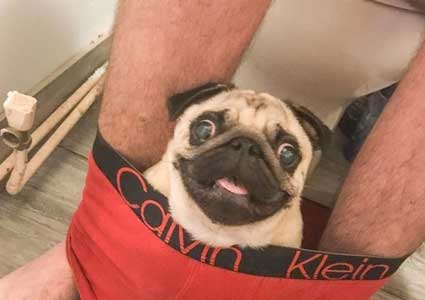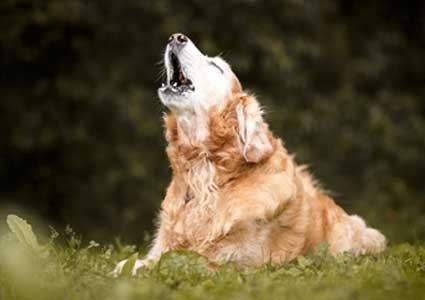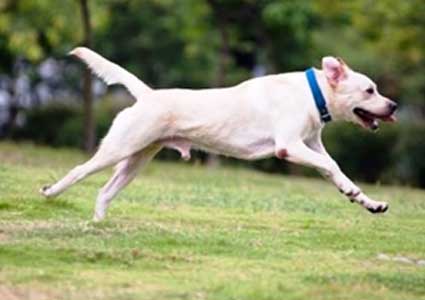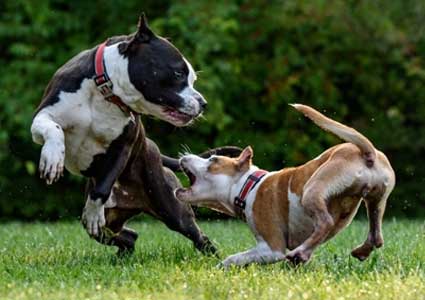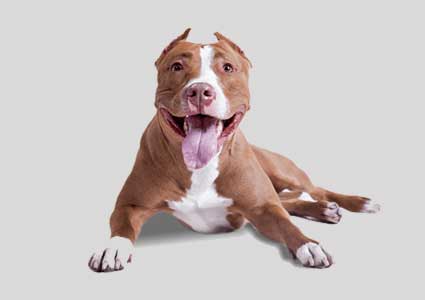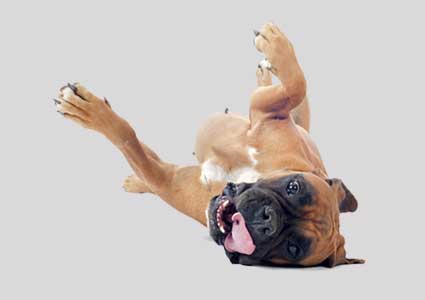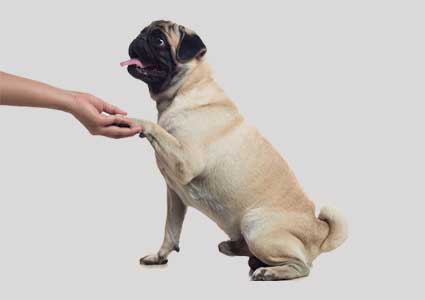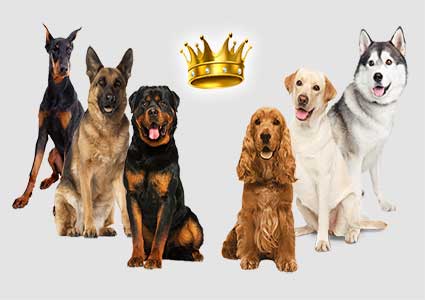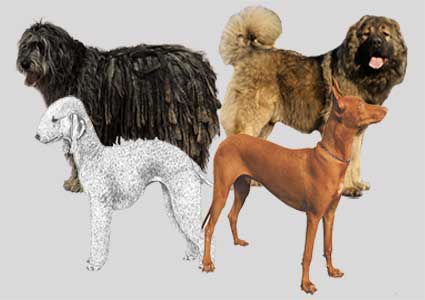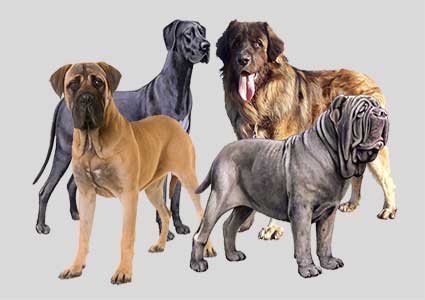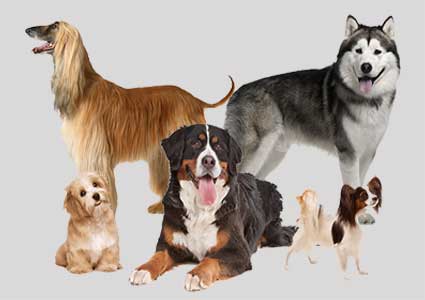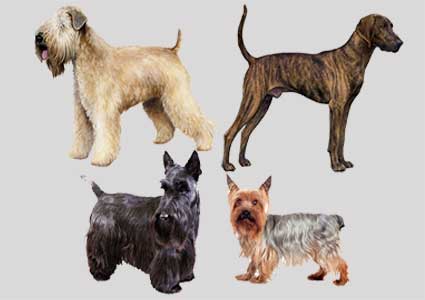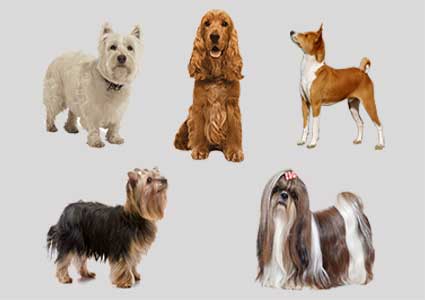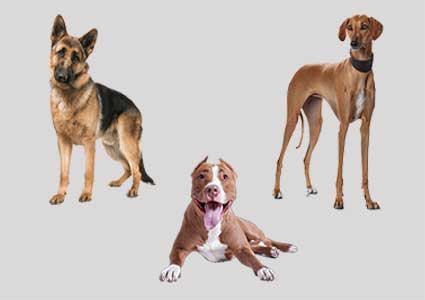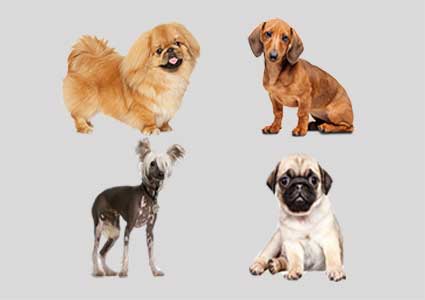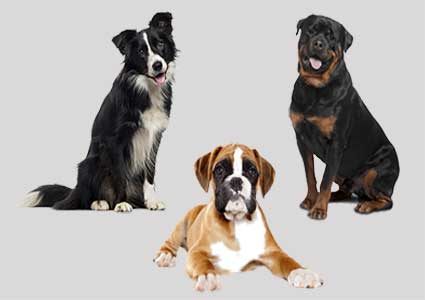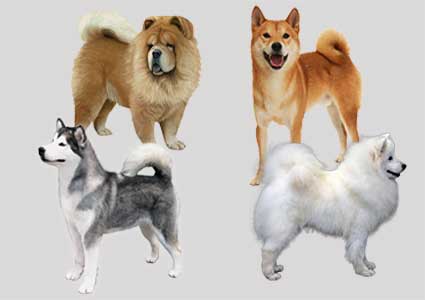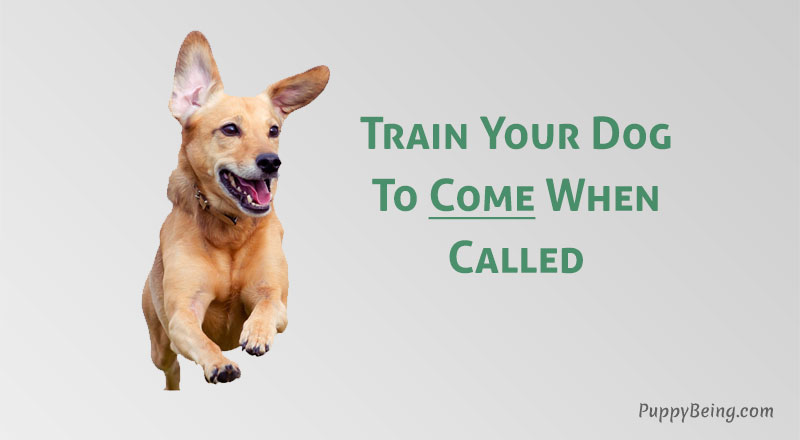
You can teach your dog to come when called easily with regular practice. Reliable recall, or coming when called, is an essential behavior that every dog must be trained to obey. Reliable recall can even save your dog’s life if he accidentally gets loose on a busy street and has to be moved out of harm’s way.
Training a dog to come to you on cue can be quite challenging for new dog owners. Whenever you ask a dog to come, you ask him to leave behind other interesting smells and sounds and come running to you. Some dogs may take a while to learn this behavior correctly.
Trick Difficulty: Intermediate
Training Requirements: A bag of your dog’s favorite treats, a training lead, a training room with no distractions, a clicker
How To Teach Your Dog To Come When Called
It is best to train a dog to come to you when he is still a puppy. Adult dogs can also be taught. However, they can sometimes take longer to learn.
Daily practice and a positive attitude will help the training process immensely.
Steps To Train Your Dog To Come When Called
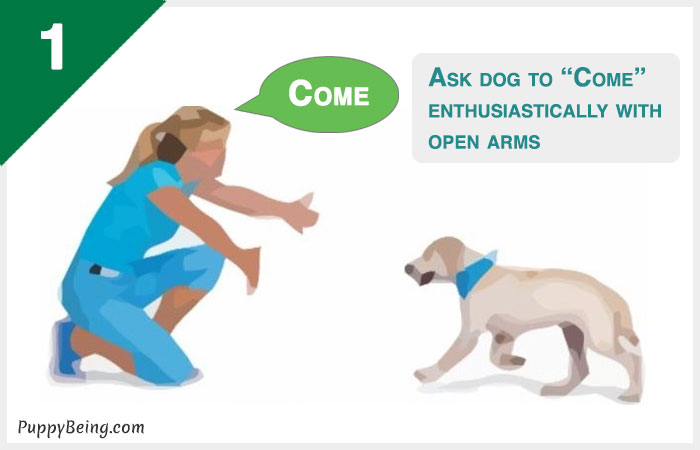
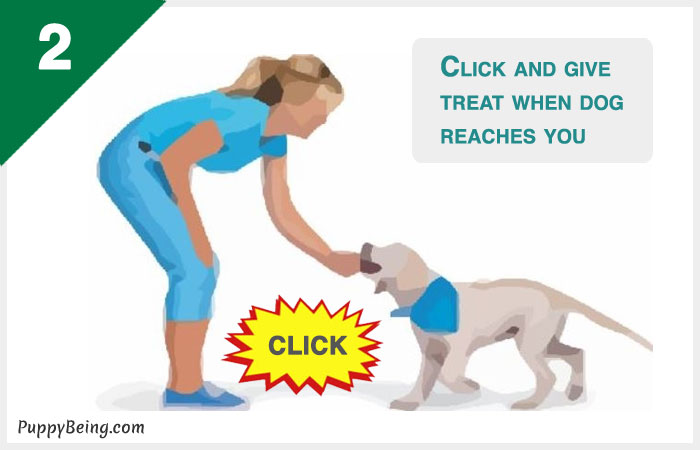
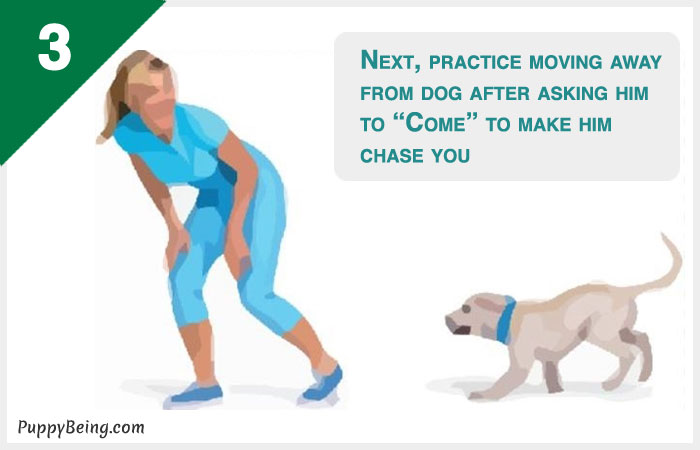
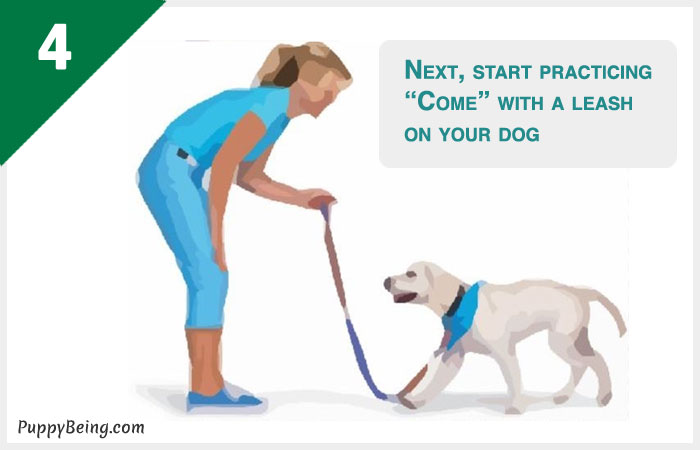
- Take your dog to a designated training room that has no distractions.
- Stand a few feet away from your dog and eagerly call to him. Say “come,” crouch down, pat your legs and open your arms as you call your dog with enthusiasm. Keep your voice upbeat and excited as you call out your dog’s name followed by “Come” or “Here” and entice him to come to you.
- Once he comes to you, click the clicker, pet and praise him affectionately and give him a tasty treat.
- Practice several times during the day until your dog starts coming to you quickly. Your dog may not come each time when called, or he may be hesitant to come sometimes. But each time he successfully reaches you, reward with a treat, and pet him.
- Now take the training to the next level by making your dog chase you. Say “come” and start moving away from your dog. This should make him chase you, and once he catches you, click, reward him with the treat, and praise him.
- Reward your pup every time he comes to you and make it fun for him to catch you by petting and praising him when he reaches you.
- Gradually increase the distance from which you call your dog. Call him from all the way across the room and reward him with treats and praises each time he comes.
- Now it’s time to progress your recall training from a game to a command. Put your dog on a long lead and ask him to “come.” When he comes on his own, click and reward him with a treat. If he doesn’t come, use the lead to reel him in and then give him the treat.
- The most important fact to remember is that each time your dog obeys the “come” command and reaches you, he must have a positive experience. Don’t get angry at the dog if he takes too long to come and never scold him. Coming to you on command should always be a rewarding experience for your dog.
- Now progress the training to the next level by practicing outdoors in different places with lots of distractions. Keep the training lead on your pooch and practice the recall command every day for ten minutes minimum.
- Vary the reward, sometimes give a treat and sometimes give praises. Slowly phase out the treats and replace them with praises and petting.
- Once your dog successfully comes to you every time on command, even when you are outdoors with lots of distractions, then you can start practicing without the leash. Initially, choose a safe open space like a park or beach where your dog cannot accidentally get hurt if he runs off.
- After your dog has demonstrated perfect recall when outdoors, then you can consider practicing off-leash in more hazardous outdoor areas like near busy streets or construction areas.
Reliable Recall Puppy Training Tips, Problems, and Solutions
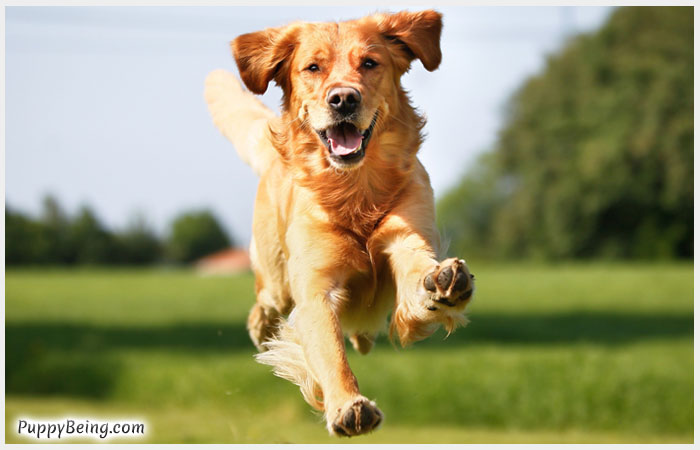
If your dog runs away every time you call him, then don’t chase your dog. This will only encourage him to keep running away. If you keep chasing him often enough, your dog may start to think that “come” means it’s time to play the run-away game.
Instead of chasing your dog, just act like you are interested in something else on the ground. Play with a toy or start looking at a piece of furniture around you. This will awaken your dog’s curiosity and stimulate him to come to you and investigate.
Your dog will pick up your mood. If you are frustrated, angry, or sad when you are training your dog, your dog will copy these emotions. Only practice with your dog when you are in a positive mood.
Limit the training sessions to 10 minutes at a time. Dogs and especially puppies have short attention spans, and they will get frustrated if you train any longer.
Never punish your dog after he has obeyed a command. If your dog was chasing a squirrel, and you asked him to “come.” Then when he comes to you, you should only reward him. If you punish him for chasing the squirrel, your dog won’t understand that he is being punished for the squirrel chase. He will just learn that he followed the “come” command and got punished. Next time you call him, he may not come.
Always begin the training in a closed environment with no distractions, like a room or a fenced area. Once your dog has mastered the command in a distraction-free area, you can move the training to a noisy or open area. If there are other people in your home, make sure they don’t disturb you or the dog during the training process.
Most dogs can learn to correctly follow the “come” command within a week of daily practice. Always keep the command pleasant and reward your dog every time he comes to you with a treat or praise.
Never use the come command for calling your dog to any unpleasant experience. Don’t use it to call your dog for a bath or to trim his nails.
If you use this command, and then the dog gets a negative experience, he will learn to associate bad feelings with this command. This will ruin your training progress.




